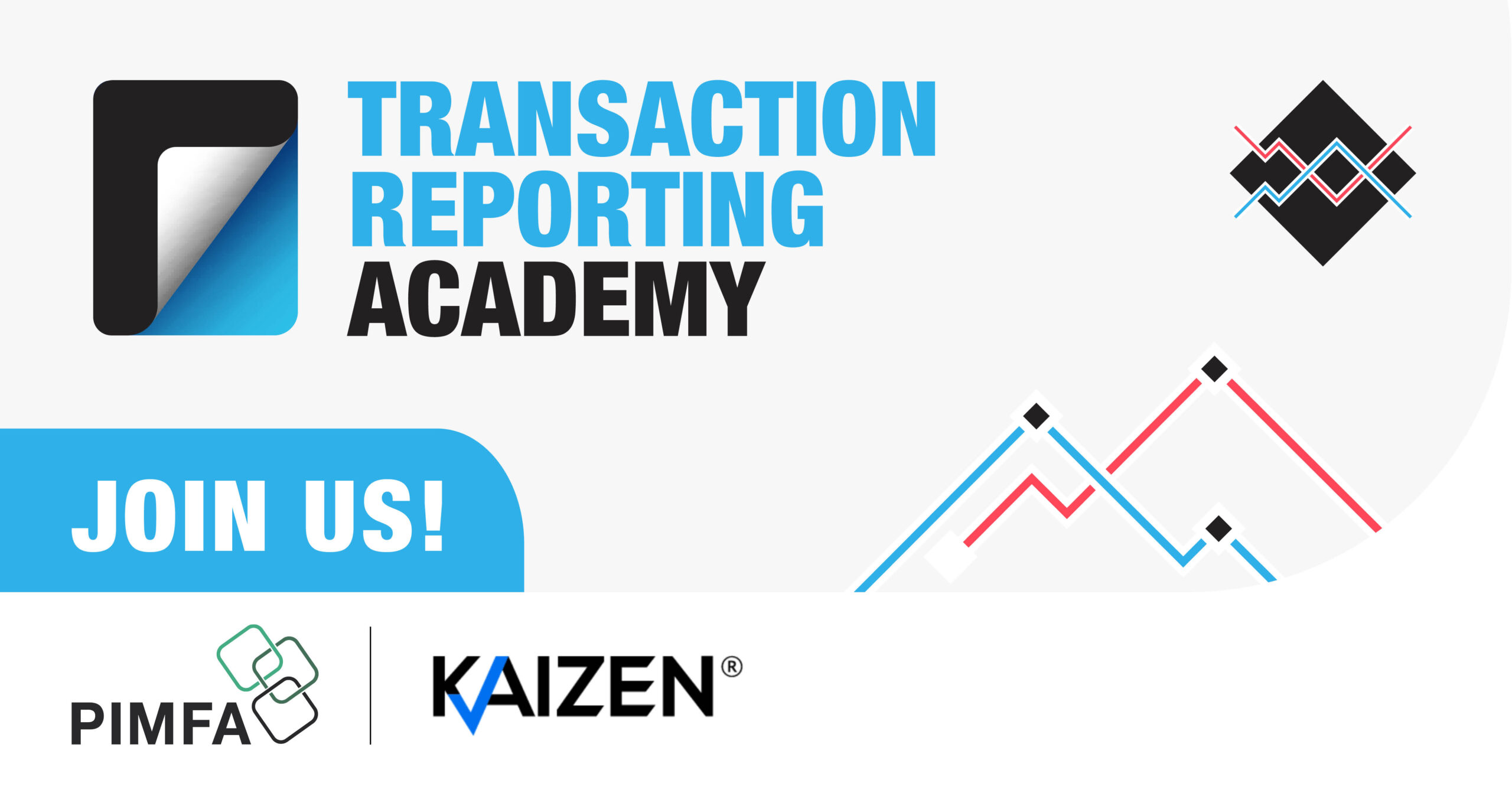ESMA admits MiFID II transparency still not achieved in derivatives

There were some interesting comments at the recent FIA International Derivatives Expo (IDX) in London, where Natasha Cazenave, ESMA’s new executive director, discussed the EU regulator’s priorities in the derivatives markets and how its MiFID II review reports showed that it had met its “objectives of establishing sounder, more transparent and more integrated EU capital markets.”
Cazenave summarised by recommending “less complexity, more effectiveness”, which is music to the ears of participants, investment firms and the regulatory infrastructure alike but surely that is what MiFID II was trying to achieve in the first place?
Almost four years since the inception of MiFID II, frustratingly, transparency is still very much a work in progress.
Data quality and transparency
Cazenave does identify that poor data quality, complexity of transparency regimes and provisions for waivers and deferrals have not improved the level of transparency. Again, for those of us covering MiFID II for a number of years, this was obvious. Hopefully, ESMA will simplify this going forward and perhaps as we continue to see divergence, the FCA will soon come out with its own streamlined requirements for optimum transparency. Cazenave highlights the CFTC success story in this space, in that market integrity can still be maintained alongside a more transparent trading landscape.
Potential solutions
And likewise, it has finally dawned on ESMA that a consolidated tape is not an easy thing to achieve. Frameworks need to be in place, complexity needs to be reduced, synergies in reporting increased and data costs are still high (let’s be honest, they always have been and always will be. We live in a data-centred world).
So the question is, is ESMA finally going to bow down and admit that by de-facto it is actually the golden source of MiFID II European data and can hence go a long way to help with this?
We saw earlier in the year the memorandum of understanding between ESMA and the FCA and there will be a further transition period. It makes sense that this is maintained, as Cazenave says, “given the interconnectedness of EU and UK Markets”. My hope is that we will keep capital markets open, orderly and liquid as well as competitive, and one day we’ll get to true transparency.
What’s next?
In addition to the lack of transparency in derivatives, Cazenave explained that although ESMA is on a journey with regards to data quality, it is a key priority to make the best use of the data that it collects. ESMA is also keen to promote data-driven regulation, she said.
Cazenave said that the numerous initiatives ESMA had put in place as part of its data strategy had really helped it improve data quality and that it is trying to work on standardisation of reporting requirements wherever possible including making sure that data is more usable for the relevant authorities and market participants alike. Something that will definitely be welcomed by the industry.
To read the read the full speech, please visit ESMA’s website.
- For a conversation with Chris about your MiFID II Post Trade Transparency Reporting or a no-obligation review of the quality of your regulatory reporting, please contact us.



